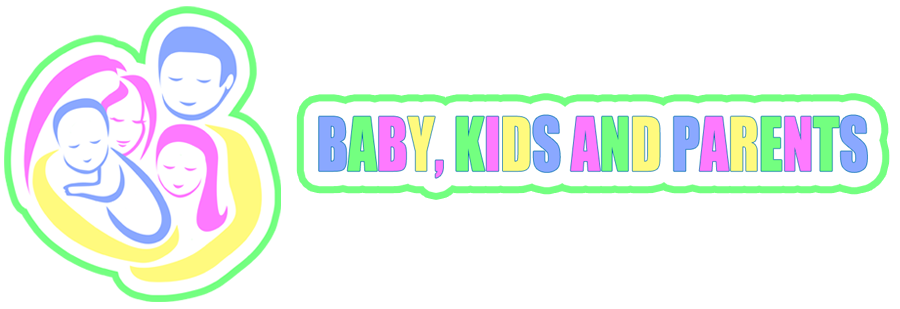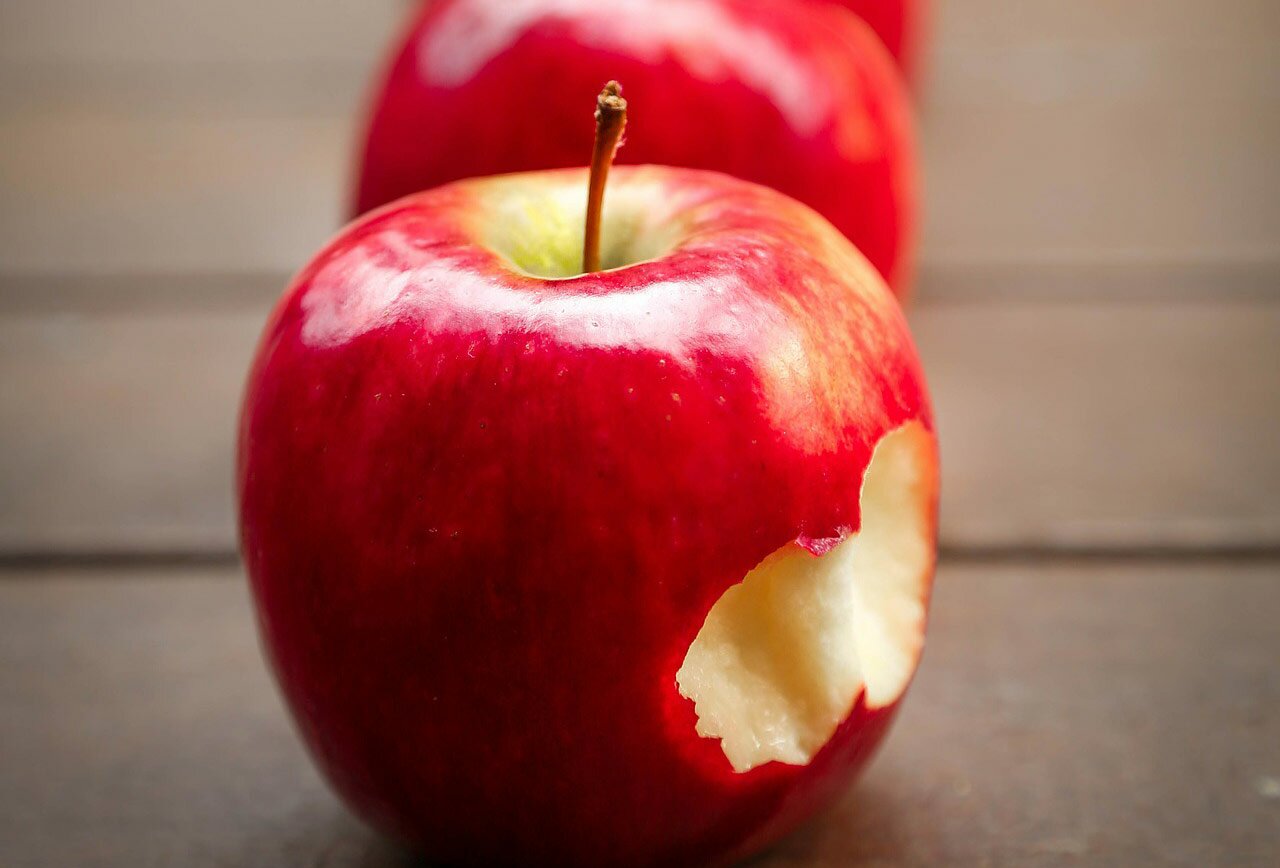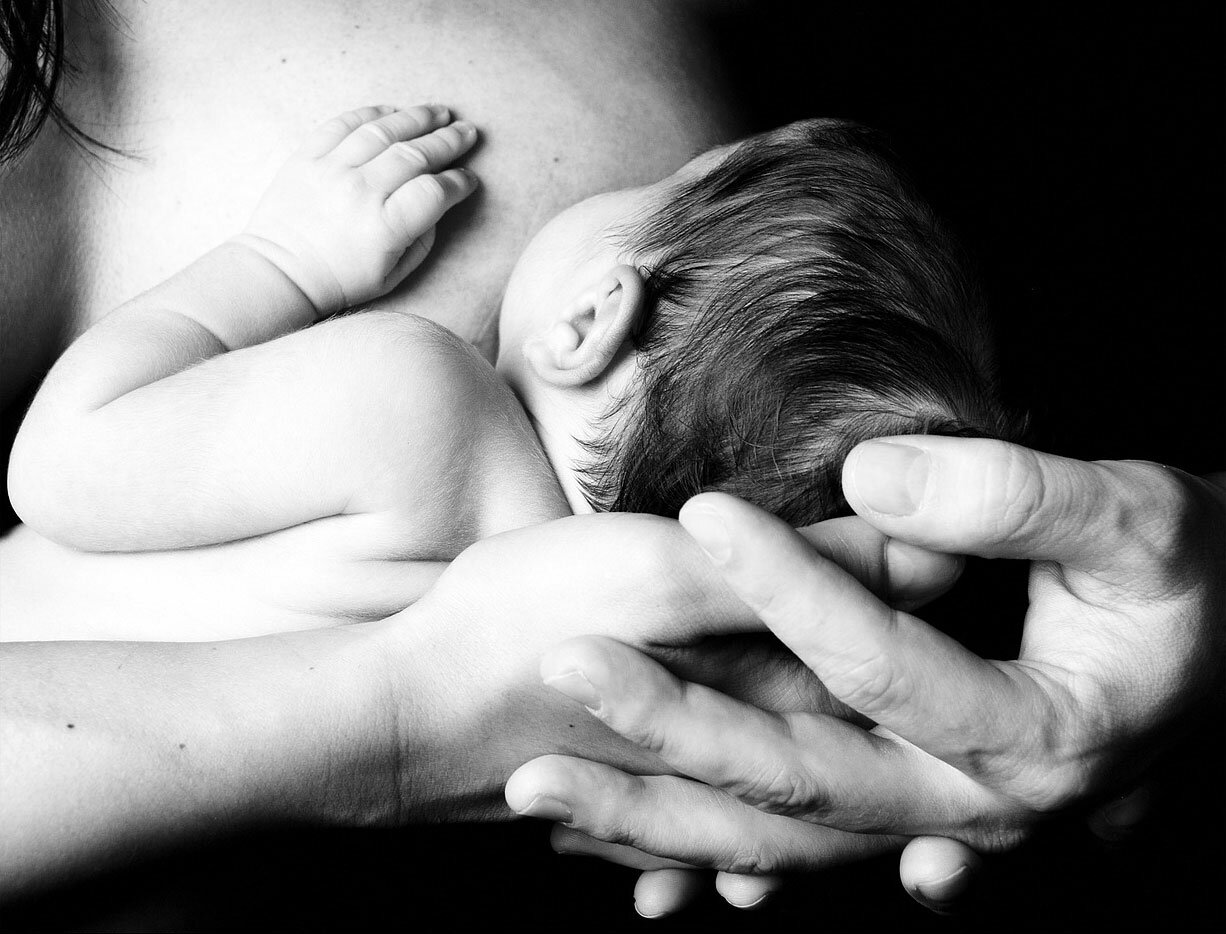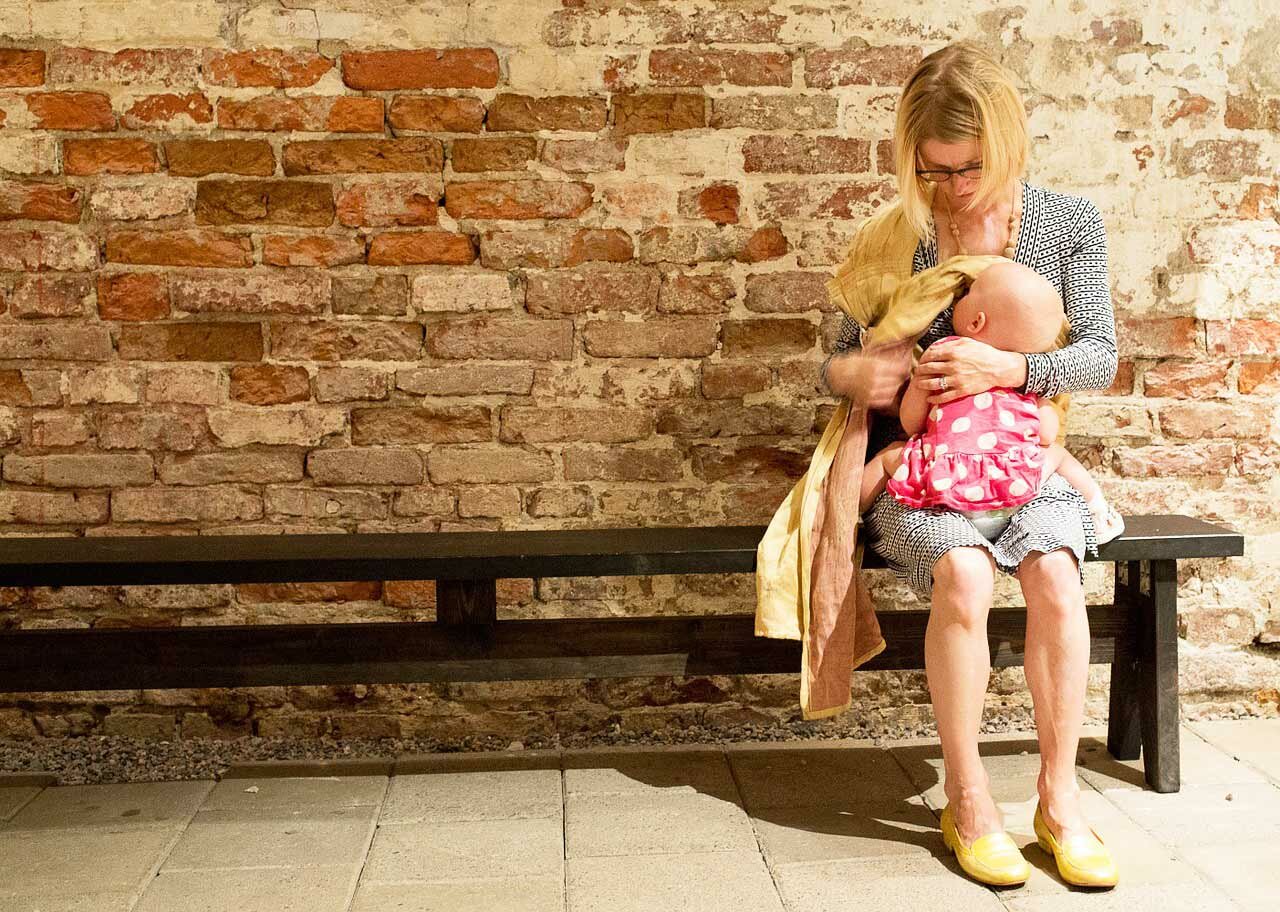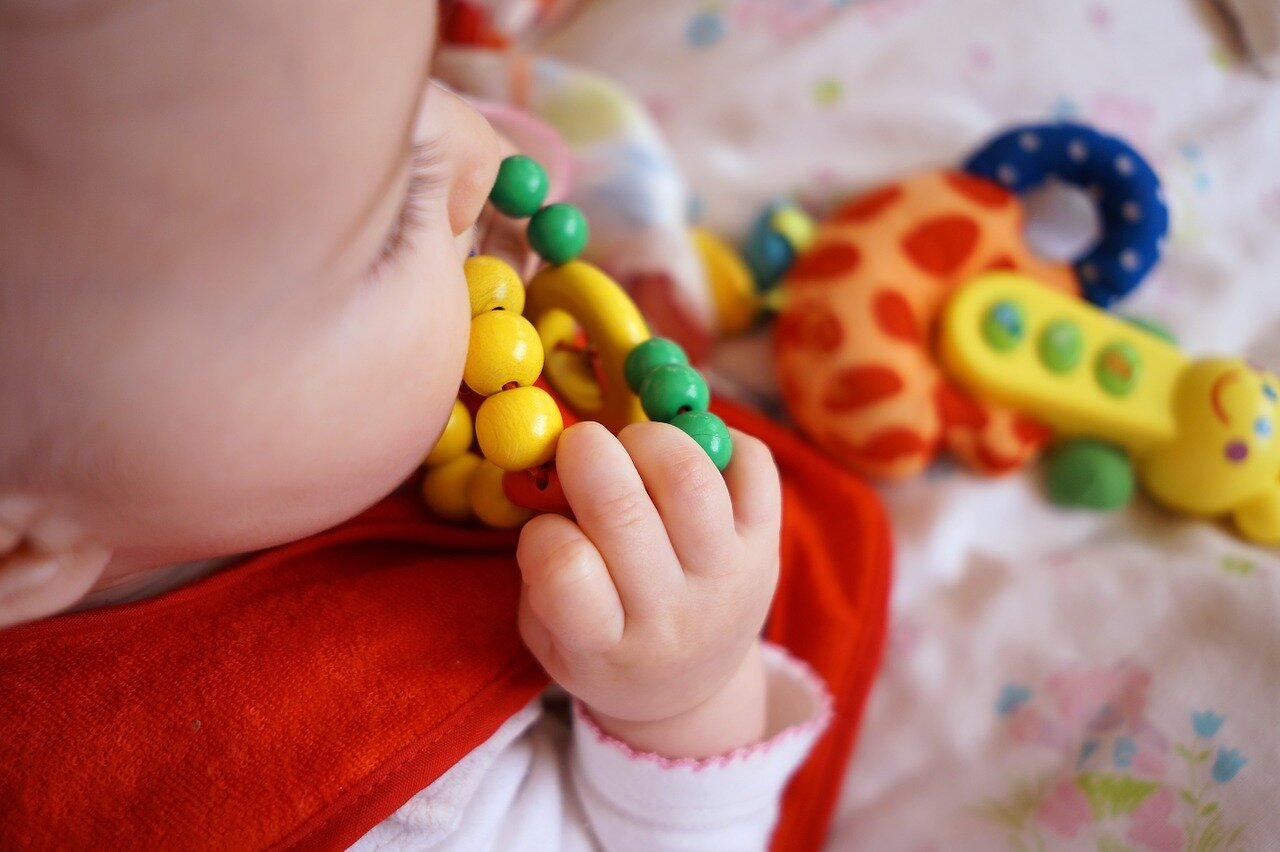Apples are the perfect first fruits, because they contain a small amount of citric acid, which can cause an allergic reaction in infants.
One of the most important nutritional components in apples are two types of fiber – soluble (pectin) and insoluble which normalize intestinal function by preventing constipation and diarrhea.
